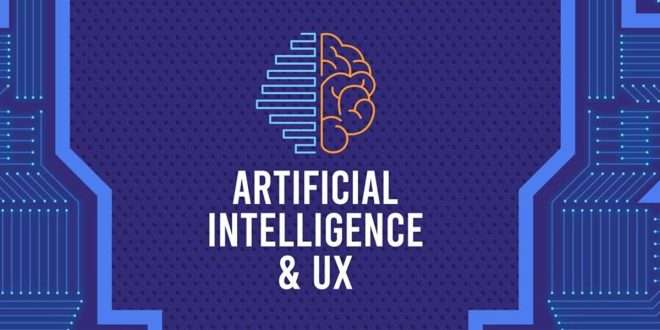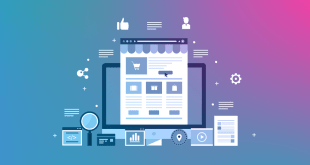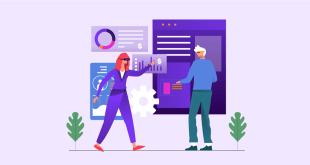In the rapidly evolving digital landscape, providing an exceptional user experience is key to success for businesses. A/B testing has long been a valuable technique for optimizing websites and applications. However, with the integration of AI-driven personalization, A/B testing takes on a new dimension, transforming user experiences like never before.
What is A/B Testing?
A/B testing, also known as split testing, is a method used to compare two versions of a webpage or app against each other to determine which one performs better. The versions are randomly shown to users, and their responses are measured to identify the more effective option. This testing methodology allows businesses to make data-driven decisions, resulting in improved user engagement and conversions.
The Power of AI-driven Personalization
AI-driven personalization has emerged as a game-changer for businesses seeking to enhance user experiences. By leveraging machine learning algorithms, AI can analyze vast amounts of user data to deliver personalized content, product recommendations, and user interfaces tailored to individual preferences.
Implementing AI-driven A/B Testing
To revolutionize user experiences through A/B testing with AI-driven personalization, follow these key steps:
Data Collection and Analysis
AI thrives on data. Begin by gathering relevant data on user behavior, preferences, and interactions. Utilize analytics tools and AI-powered solutions to extract valuable insights from the collected data.
Define A/B Testing Goals
Clearly outline your objectives for A/B testing. Are you aiming to increase conversions, reduce bounce rates, or enhance user engagement? Setting well-defined goals will steer your testing strategy in the right direction.
Develop Variants
Create multiple variants of your webpage or app. These variants will serve as the control and treatment groups in your A/B tests. Ensure that each variant differs in specific elements, such as layout, design, or call-to-action.
Randomization and Segmentation
Randomly assign users to the different variants. Additionally, consider segmenting users based on their demographics or behavior to gain deeper insights into specific user groups.
Monitor and Measure
Implement the A/B tests and closely monitor user interactions and responses. Measure the performance of each variant against the predefined goals to identify the most successful one.
Advantages of AI-driven A/B Testing
AI-driven A/B testing offers several advantages that traditional A/B testing cannot match:
Personalization at Scale
AI-powered A/B testing enables personalization at scale. It tailors experiences for each user, resulting in higher engagement and conversion rates.
Real-time Optimization
Traditional A/B testing requires substantial time to collect and analyze data before making decisions. AI-driven testing offers real-time optimization, allowing quick adjustments for maximum impact.
Continuous Learning
AI algorithms continuously learn from user interactions, making the testing process more intelligent and efficient over time.
Improved Decision-making
By relying on data-backed insights, businesses can make well-informed decisions that lead to improved user experiences.
Overcoming Challenges with AI-driven A/B Testing
While AI-driven A/B testing brings significant benefits, it also poses some challenges:
Data Privacy Concerns
Handling vast amounts of user data requires meticulous attention to data privacy and security to build trust with users.
Algorithm Bias
AI algorithms may inadvertently introduce bias, leading to skewed results. Regularly audit and fine-tune your algorithms to ensure fairness and accuracy.
Skill and Knowledge Requirements
Implementing AI-driven A/B testing demands specialized skills and knowledge. Companies may need to invest in training or hiring experts in AI and data science.
Frequently Asked Questions
Q1: What makes AI-driven A/B testing superior to traditional A/B testing?
AI-driven A/B testing offers personalized experiences at scale, real-time optimization, and continuous learning capabilities that traditional A/B testing cannot match.
Q2: How can businesses ensure data privacy with AI-driven A/B testing?
To ensure data privacy, businesses must follow stringent data protection protocols, use secure data storage, and obtain explicit user consent for data usage.
Q3: What is the ideal sample size for A/B testing?
The ideal sample size for A/B testing depends on various factors, including the level of significance desired and the expected effect size. Tools like sample size calculators can help determine the appropriate sample size.
Q4: Can AI-driven A/B testing eliminate the need for human decision-making?
While AI-driven testing can automate decision-making to a large extent, human judgment and expertise are still crucial for interpreting results and making strategic decisions.
Q5: Is AI-driven A/B testing suitable for all types of businesses?
AI-driven A/B testing can benefit a wide range of businesses, especially those with substantial online presence and user interactions. However, smaller businesses may need to assess the cost-benefit of implementing such solutions.
Final Words
Incorporating AI-driven personalization into A/B testing has revolutionized the way businesses optimize user experiences. Leveraging the power of AI, companies can create personalized, data-backed experiences that engage users, boost conversions, and drive growth. By understanding the potential and challenges of AI-driven A/B testing, businesses can unlock the true potential of their digital assets and stay ahead in the competitive online landscape.
 webfily
webfily



